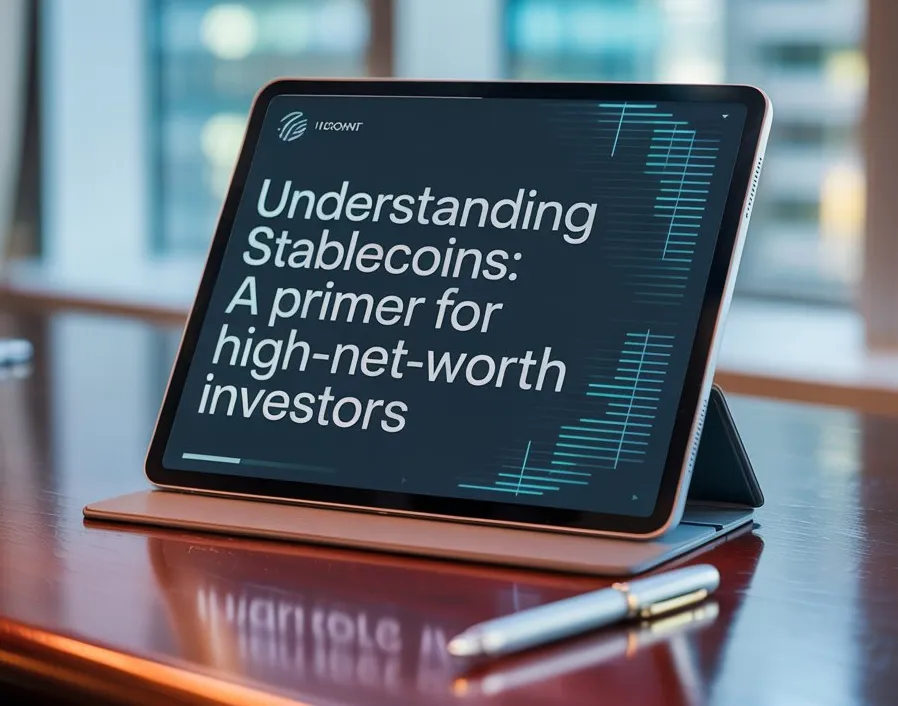Stablecoins are a cornerstone of digital finance,designed to offer the utility of cryptocurrencies without the volatility. For discerning investors, especially those managing sizable portfolios, stablecoins can serve as a bridge between traditional and tokenized finance.
What Are Stablecoins?
Stablecoins are digital assets pegged to the value of a stable reserve asset—commonly the U.S. dollar, euro, or a basket of real-world assets. They aim to maintain a 1:1 value with their underlying asset, offering both liquidity and price stability.
Types of stablecoins:
- Fiat-backed: Backed 1:1 by fiat currency reserves (e.g., USDC, USDP).
- Crypto-collateralized: Overcollateralized with crypto assets (e.g., DAI).
- Algorithmic / hybrid: Stabilized via smart contracts and market incentives (e.g., FRAX).
Market Snapshot (as of mid-2025)
- Total Stablecoin Market Cap: ~$130–150 billion
- Dominant Players: USDT (Tether), USDC (Circle), DAI (MakerDAO)
- Daily Trading Volume: $40–60 billion (significant liquidity)
Use Cases for Stablecoin Investing
- Digital cash alternative: Ideal for settling tokenized assets without bank friction.
- Yield opportunities: Via staking, lending, or liquidity provisioning in DeFi.
- On-ramp to tokenized assets: Buy fractional real estate, private credit, or RWAs.
- Hedging & cash management: Park idle capital on-chain while avoiding market swings.
Dos and Don'ts of Stablecoin Use
✅ Dos
- Check attestations: Verify if the issuer publishes third-party reserve reports.
- Prefer regulated issuers: Look for NYDFS-regulated (e.g., GUSD, USDP) or EMI-licensed coins (e.g., EURe).
- Diversify issuer exposure: Don’t rely solely on a single stablecoin.
- Use hardware wallets or institutional-grade custodians.
❌ Don'ts
- Don’t assume all stablecoins are equally safe—some lack full transparency.
- Avoid algorithmic stablecoins for treasury-level holdings unless deeply understood.
- Don’t keep large sums on centralized exchanges—opt for self-custody or regulated custodians.
Regulatory and Tax Considerations
Stablecoins may not be classified uniformly across jurisdictions. Some may be treated as:
- E-money (EU)
- Digital representations of cash (Singapore)
- Commodities or securities (US, depending on structure)
Always consult a licensed tax advisor before deploying large capital into stablecoins or tokenized assets.
AssetList.io's Stablecoin Philosophy
At AssetList.io, we integrate only stablecoins from reputable issuers that meet institutional-grade standards, such as:
- Transparent reserves
- Strong regulatory footing
- On-chain auditability
- Deep on-chain liquidity
We do not list purely algorithmic or opaque coins.
💬 Final Thought
Stablecoins are not just “crypto dollars”—they are programmable cash. For the HNW investor, they offer frictionless settlement,yield potential, and exposure to new investment frontiers. But with greatutility comes the need for thoughtful due diligence.
